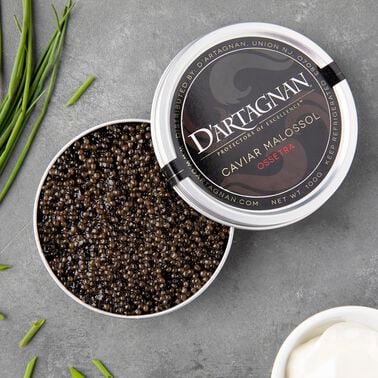
Getting nutrients from whole foods is always preferable to supplementing – and is much more delicious. Our government’s Dietary Guidelines for Americans were recently updated to include recommendations for eating a variety of nutrient-dense proteins and more seafood. Their research indicates that just two or three servings of fish per week can make a significant difference in your health.
We Heart Fish
The American Heart Association asserts that eating fish will contribute to higher levels of omega-3 fatty acids. In the case of omega-3 fatty acids – essential nutrients for optimal health – it’s easy to enjoy “taking your vitamins.” Simply eat fish two times a week to get a robust infusion of omega-3s (DHA and EPA). These fatty acids are essential to heart health, and there is strong evidence that omegas protect the brain (which itself is mostly fat), even positively affecting anxiety and depression. Studies have concluded that adequate omega-3s in the diet will reduce inflammation, contribute to healthy skin and eyes, and support many body systems, including joints and bones.
Omega-3s are more abundant in fatty fish like salmon, mackerel, and sardines but can be found in all fish to some degree – and in caviar. Lean fish like cod, mahi mahi, and scallops will have less omega-3s but are still beneficial. The most important thing is to get adequate omega-3s in your diet, to balance out the overabundance of omega-6 which causes inflammation and is prevalent in vegetable and seed oils, and the modern convenience foods that most people eat.
Get Your Vitamin D from Food
One of the other vitamins fish provide is vitamin D, a necessary nutrient for building and maintaining healthy bones, supporting the immune system, and fighting inflammation. Good levels of vitamin D are also helpful for respiratory health and are especially important during the winter and cold season.
Nicknamed the “sunshine vitamin” because the body absorbs it through sunshine, fat-soluble vitamin D is not easy to get, especially in northern climates during the darker winter months. It is said that about 40% of U.S. residents are deficient in vitamin D, which is why supplements with this valuable nutrient are so popular. The best way to absorb vitamin D – aside from adequate and safe sun exposure - is through eating fatty fish, especially salmon. The USDA reports that one 3.5 ounce serving of farmed Atlantic salmon contains 526 IU of vitamin D, which is 66% of the daily value, and wild salmon – on average – offers 988 IU of vitamin D. Either choice will contribute to a healthy dose of this important nutrient. There are various levels of vitamin D in fish besides salmon, like snapper and swordfish, so eat what you like best.
Contaminants in Fish
Fish is among the healthiest foods on the planet, and people that eat fish regularly have a lower risk of heart attacks and stroke. But what about the issue of mercury or other contaminants that may be found in fish?
While there are trace amounts of this natural element in air, water, and all living things, too much mercury can build up in the body and this is of special concern to the very young, and to pregnant women.
Although levels of mercury vary, depending on the fish and the environment, most fish have less than one-tenth of the U.S. allowable level of mercury. Older fish, and predators that eat other fish, such as sharks, swordfish, and large tuna, have the highest levels and doctors may advise pregnant women to limit their consumption of such seafood. But for the average adult, the health benefits of eating fish may outweigh the minor risks involved with ingesting trace amounts of mercury. Good fish choices that are low in mercury include salmon, flounder, cod, shrimp, sardines, oysters, crab, and scallops.
There may be other chemicals or contaminants in fish depending on where the species lives, the quality of the water, whether they are bottom-feeders or not, and a host of other factors. That’s just one reason why sourcing matters. The Monterey Bay Aquarium Seafood Watch is a good resource to learn more about making smart seafood choices.


















